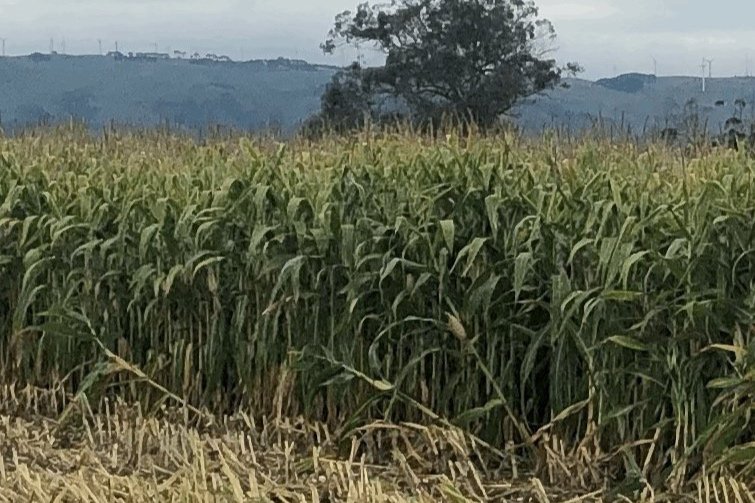
Farm system.
Stewart Dairylands follows a “typical” New Zealand pasture spring calving system.
Calving from late July to October cows are feed quality feed and supplements to peak up to 2.2-2.4kgs/cow by mid-October.
Cows are mated 20th October from A2 bulls selected on traits such as fertility, udders, capacity and protein. Increasing the breeding worth (BW) has been achieved by mating the bottom 10% animals to a beef bull. Being a wet farm, medium stature is desired over large friesian cows. Friesian breed is preferred breed as bull calves are reared for beef, however jersey- cross bulls are also used to build genetic indexes. All animals are DNA profiled.
We are breeding our herd to produce A2 milk. A2 milk is natural cow’s milk that lacks a form of beta-casein protein called A1 and instead has mostly the A2 form of protein. We breed cows carrying the gene to create offspring that produce milk with the A2 desired qualities.
Crops
Supplements (Maize, grass silage, grain) are taken out as pasture growth exceeds demand usually from October. The summer crops are introduced in January as dry conditions slow grass growth. Cows are put on once a day towards the end of summer to hold good body condition, so the cows can be milked till the end of May getting 300 days in milk (average) and dried off (Stopped milking) with target body condition for calving. Maize silage is introduced at Dairylands1 from March to also assist body weight and grain at Dairylands 2 is increased at this time also through in shed feeding.
Livestock.
The farm implements a comprehensive approach to cattle management, including whole herd DNA profiling, KPIs for animal care, real-time health monitoring with collars, weekly vet visits during calving, reduced antibiotic use through data management, and high-standard stock handling facilities to minimise stress. We have a customised breeding program, receive animal health advice from veterinarians, breed cows for A2 milk, redirect the lowest 10% to beef breeds, and employ strategic once-a-day milking.
Dairylands runs on average a system 3 pasture-based operation relying on around 85% grass.
System 3 - Feed imported to extend lactation (typically autumn feed) and for dry cows 10-20% imported feed.



